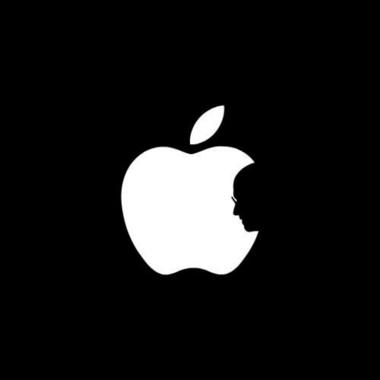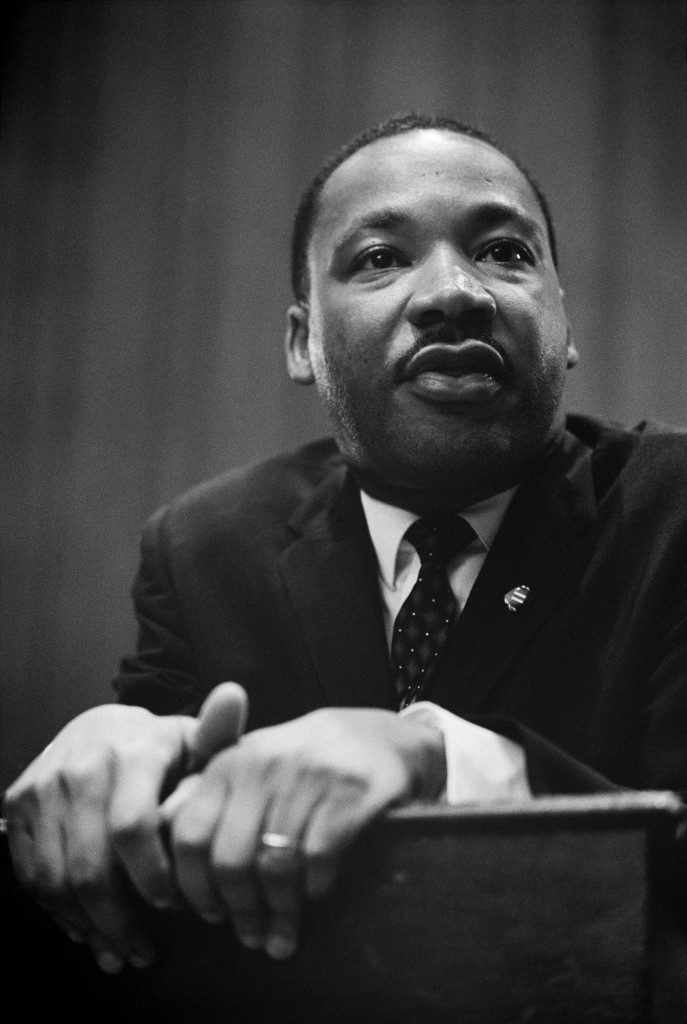Is there a pattern when organizations spin out of control? Start-ups begin with a team of few. They are burning with passion. With the right talents brought together magic happens! It’s all about the work then. No corporate BS to deal with. And then some of them get lucky and have a hit on their hands. Now they need to sell and sell more. They need to be efficient. They need to scale. They need systems and structures. It’s no longer about a team swinging it in their basement. It’s much more. It’s about discipline. It’s about managing people. It’s about fine tuning the nuts and bolts. It’s about making sure bureaucracy doesn’t come in the way. How do you lead an organization with the passion of a startup. How do you work around the whims and fancies of a CEO? How do you fight complacency? How do you come up with the next big thing? The team is now split into departments. They don’t work in one room but across floors, buildings or even across geographies. How do they bring the same energy and collaboration from their start-up days? The distance to the CEO means they don’t get to live the vision of their leader everyday. Maybe the vision gets trickled down to the middle management. Maybe not. Maybe the way they are lead or managed is something else altogether. Things fall apart. What do they do then? How do they innovate? How do they enable another breakthrough? They wing it for a while. But then their star becomes a cash cow and they begin milking it. But what about the next big star? Is it even coming? Guess what? It never comes. The cow has become a dog. They had expanded as they milked the cow. But now what? It’s time to scale down. Cut costs. Be more efficient. They begin to layoff. They lose the bad ones but they struggle to retain the good ones as well. There is a loss of vision. Loss of direction. They send the wrong signal everywhere. Customers are weary. Stocks nose dive. Shareholders question leadership. The axe falls on management and then a new team comes in. The banks that lent the money are not so sure anymore about the company. They restructure the debts. Cash flows are further squeezed. How to keep the business going? How to keep the good people? How do turn things around?
Perhaps there are some lessons in Apple’s second coming. I guess the world’s fascination with Apple just keeps on. Or is it just me? Recently I got to read “Becoming Steve Jobs” and I saw an interesting pattern of how when things go bad and spin out of control. And in Apple’s recovery there were some interesting lessons. Of course Apple’s story is probably the greatest turnaround story in the history of business and it is unlikely any other company would come any close to the story of Apple. From it’s lowest ebb nearing bankruptcy to becoming the first $1 trillion company. Now that makes for an awesome story. Of course that hasn’t happened just yet (the $1 trillion bit), but give it another 12 months or so and this would probably be old news. Either way, Apple has already broken many corporate records. So there is a lot one can learn from Apple?
I think there are three unique things that Steve Jobs did along with two basic corporate moves that are essential for any company seeking to turn things around. I mention those here as well because otherwise what Steve Jobs did would be out of context and would seem rather naive. For a turnaround painful decisions have to be made but what one does AFTER that is what makes the real difference. And therefore it is important to look at what Steve did in the context of those essential moves. So what are they?
Stop the Bleeding
First aspect of any turnaround is managing financials. Fred Anderson the master CFO at Apple was pivotal to ensure that the bleeding stopped. He took the right measures to buy time by re-organizing debts and taking measures to create a positive cash flow needed for operations to run smoothly. Tim Cook too had a role to play to ensure efficiency and keep the operation as lean as possible. The other more painful action taken by Apple was laying off people. The operation had to lose 30% of it’s employee base from over 10,000 to about 6,600. This meant Steve had to ensure only the best people were retained. The challenge here was that the best people already want to jump ship and this is where Steve made the greatest difference.
Focus on Key Products
So what did Steve Jobs do? For one he brought razor sharp focus to the company. They couldn’t do everything. But they could do a few things really well. Like really, really well. This is where he introduced the four quadrants product strategy. Two solutions for corporate and two for individuals. One focused on mobility and one on desktops. Simple. Everything else had to go. He shaved off all other product lines and focused on a few to nurture and go from.
Inspire the Team
The second thing he did was focus on people. His core team. The way he managed them was quite extraordinary. To be successful with Steve they had to be very good. Good enough to know that when Steve is challenging you and you know you can deliver the goods you need to stand your ground and push back. You fold in. You are out. Simple. The team that he chose and built had all the mettle and the capability to stand firm and be awesome. As a result over time this team became a dream team. Each one of them was an ace at what they did. Challenged. Motivated. Irreplaceable. The magic was the team. Not just any team. THE team. And they changed the game and are continuing to do so to this day. He not only led them psychologically but financially as well. Besides being an inspirational leader to them he knew they had to be rewarded financially as well and therefore loaded them up with stock options and other perks to ensure they felt valued and were not distracted by not being able to meet their personal financial goals.
Tell an Inspiring Story
The last aspect of the Steve Jobs myth was his ability to tell stories. Upon his second coming one of the projects that he embarked on and worked closely with Lee Clow, his advertising agency partner, was to weave a story around Apple. One of the most creative and talked about campaigns once again came from Apple. The first one was the famous “1984” Super Bowl Commercial. This one was more of rallying cry. The call to all those potential game changers, the misfits, the ones who “Think Different”. Here once again Apple was aiming to appeal to a different set of audiences. It was not a brand that follows the bandwagon. It was a brand that aims to change the game and it is also a for brand who hold such values near and dear. Such storytelling had an energizing effect. It acted as a vision for all the employees who stayed or were retained at Apple. After major layoffs and a turbulent financial turnaround Steve Jobs needed to re-energize the troops to plunge forward and carve out a more positive future for the company and themselves. And at this point in Apple’s history there was not much going well for the company. It was this vision and this storytelling that rallied the troops. And it is so important for an organization to be able to define it’s vision and express it in a way, as a story that can inspire and move people. This was a pillar Steve continued to leverage beyond that era through his mesmerizing product introductions, spinning a myth around new products that captivated his audiences to this day.
So what are the key lessons from Apple when it comes to turnaround? The need for a vision and focus on key people are no brainers. But the real magic came from the razor sharp focus on the strengths. The few big things that can generate the impetus and bring the energy back. No unrealistic ideals. But tangible, achievable short term goals that could deliver on the bottomline. This ability to focus on those few right things and forego those limitless opportunities is easier said than done. The instinct to make those decisions can be rare. One can easily fall trap to play safe and go forward with a bunch of things, diluting focus and energy. In the same way, focusing on people, making them feel valued, especially when things are not going too well requires strength of character and real leadership. And the last but not least the cornerstone of the above comes down to the vision of one person. The CEO. What future ideal has he envisioned? Is it inspiring and achievable at the same time? Will it energize the best people in the team to move forward against all odds. When things are going well the best would naturally be attracted to you. The road maybe carved out already. But what when the going is getting tough how can you move people forward in such a scenario? This again is easier said than done. And that is the magic of Steve Jobs. He did all that in the worst of circumstances to not only just turn things around but changed corporate history forever by seeding the foundations of a company that would grow to become the most successful corporation in the history of business.
Feature image by Andy Spearing used under Creative Commons 2.0 License



